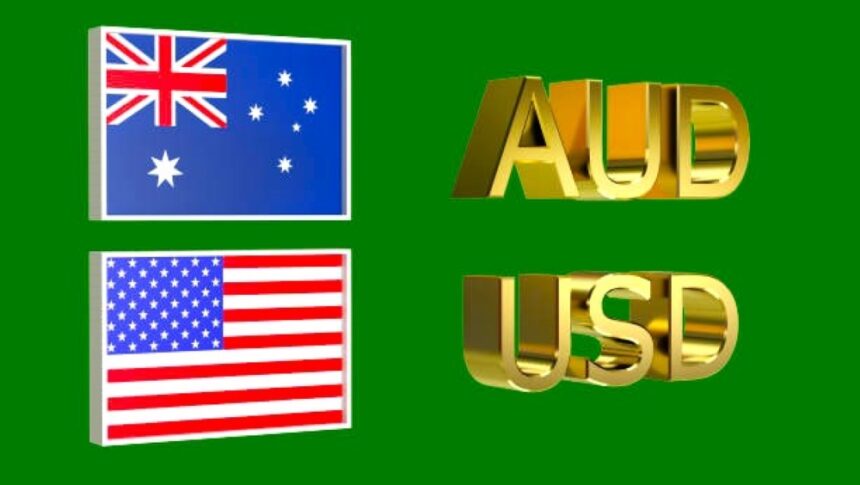Australian dollar may prolong its losses as a result of the RBA’s less aggressive policy stance.
The Australian Dollar (AUD) remained sluggish on Thursday. After the Reserve Bank of Australia’s (RBA) less hawkish posture, particularly after last week’s inflation data exceeded expectations. Nonetheless, the RBA acknowledged that recent progress in inflation control had stopped. And it maintained its policy of keeping options open. On Tuesday, the RBA held its interest rate at 4.35%.
Australian inflation rose in March, contrary to Market expects of stability. Furthermore, RBA Governor Michele Bullock emphasized the significance of remaining vigilant against inflation concerns. Bullock feels that existing interest rates are well-positioned to bring inflation back to its goal range of 2-3% by the second half of 2025, and to the midpoint by 2026.
The US dollar surged on predictions that the Fed will keep interest rates higher for an extended period of time.
The US Dollar Index (DXY), which measures the performance of the US Dollar (USD) versus six major currencies, rises. In expectations that the Federal Reserve (Fed) would keep interest rates higher for longer. This has driven US Treasury yields up, providing support to the US Dollar (USD).
Daily Market Movers: The Australian dollar remained weakened due to less hawkish RBA.
The Australian Dollar (AUD) remained sluggish on Thursday. After the Reserve Bank of Australia’s (RBA) less hawkish posture, particularly after last week’s inflation data exceeded expectations. Chinese imports (YoY) increased by 8.4% in April, above expectations of 5.4%. Exports grew by 1.5%, exceeding the expected 1.0% increase. These recent results came as a pleasant surprise. Despite concerns about anticipated more tariffs on Chinese exports by the United States (US). However, Trade Balance USD rose to $72.35 billion from $58.55 billion in March. Somewhat lower than the predicted $76.7 billion.
Australian retail sales dropped in the first quarter, reversing the previous quarter’s gain.
The Australian Dollar (AUD) remained sluggish on Thursday. After the Reserve Bank of Australia’s (RBA) less hawkish posture, particularly after last week’s inflation data exceeded expectations. Australian Retail Sales (QoQ), which measures the volume of products sold by Australian retailers, fell by 0.4%. In the first quarter of 2024, following a 0.4% increase in the fourth quarter of 2023. The ASX 200 Index ended a five-day winning streak, owing mostly to a dip in heavyweight bank companies due to regulatory concerns in the sector. The Australian market responded to a dismal showing on Wall Street. As investors dealt with Mixed corporate earnings reports and the Federal Reserve’s hawkish stance on keeping interest rates higher for an extended term. Societe Generale has produced a paper on the Reserve Bank of Australia, underlining that the RBA’s optimism about economic growth is incorrect. The institution expects Australia’s economic growth to slow, with some negative surprises. They attribute their forecast to the widespread repercussions of RBA rate hikes on the economy.
According to Reuters, Federal Reserve Bank of Boston President Susan Collins stated on Wednesday that the US economy need a period of slowdown to attain the central bank’s 2% inflation target. Collins stated that in order to achieve this aim, demand will have to be reduced. . She expressed confidence that Fed policy is consistent with the current economic outlook.
On Tuesday, Minneapolis Fed President Neel Kashkari stated that rates are expected to remain stable for an extended period of time. Although rate hikes are unlikely, they are not completely out of the question.
Analysts at Commonwealth Bank and Westpac predict that the RBA’s interest rate will peak at 4.35% in November 2023 before falling to 3.10% in December 2025.









